Thinking about brushing teeth with baking soda to get a whiter smile? While baking soda can help remove surface stains and whiten teeth, using it the wrong way may damage enamel and offer no protection against cavities. Plus, unlike fluoride toothpaste, it doesn't help prevent decay. So, should you mix baking soda into your routine? This guide explores how baking soda toothpaste works, what risks to avoid, and how to use it safely—so you can make the best choice for your oral health.
Key Takeaways
-
Baking soda is effective in removing surface stains and freshening breath but lacks fluoride, which is essential for cavity prevention and enamel strength.
-
While it offers cost-effective oral care benefits, excessive use or improper technique can lead to enamel damage and increased sensitivity.
-
Combining baking soda with fluoride toothpaste is recommended for optimal dental health while allowing users to enjoy the whitening advantages. Many dentists recommend using fluoride toothpaste with a small amount of baking soda occasionally for added whitening benefits.
What Is Baking Soda and Why It's Used in Oral Care
Baking soda, or sodium bicarbonate, is a white powder commonly used in oral care due to its natural mild abrasiveness and alkaline nature. These properties help clean teeth by physically removing plaque and neutralizing acids in the mouth.
Its abrasive nature allows it to lift surface stains, while its alkaline properties reduce bacteria-friendly acidity—beneficial for periodontal health. However, baking soda contains no fluoride, so it doesn’t offer cavity protection or help with preventing cavities on its own.
Though it’s often used in toothpaste or DIY mixtures, it’s best as a supplement—not a replacement—in your oral care routine. For personalized advice, consult your dental professional.
How Baking Soda Whitens Teeth
Baking soda whitens teeth primarily through its mild abrasive properties, which help scrub away surface stains caused by acidic foods, coffee, tea, and smoking. This gentle action on the tooth enamel allows users to restore a brighter smile without relying on harsh chemicals or costly treatments.
Its alkaline nature also contributes to its whitening power by neutralizing acids in the mouth, which not only supports stain removal but also promotes oral hygiene and healthy teeth. For those targeting deep stains, adding baking soda to regular toothpaste or mixing it with coconut oil or hydrogen peroxide may improve results. However, while effective on the surface, baking soda won’t change the natural color of your teeth and may not be suitable for treating intrinsic discoloration.
As with any whitening method, overuse can contribute to enamel erosion, so it’s best to use baking soda in moderation and as part of a balanced oral care routine.
The Benefits of Brushing with Baking Soda

Brushing teeth with baking soda has become a go-to solution for many looking to improve their oral hygiene without spending a fortune. Its mild abrasive texture helps lift plaque, remove stains, and support gum health—all while being gentler than it sounds.
Helps Remove Plaque Buildup
Thanks to its mild abrasive nature, baking soda can effectively break down plaque buildup and clean hard-to-reach areas better than many commercial toothpastes. A study by Thong et al. found that baking soda-based toothpastes performed better at cleaning spots like the back molars and inner tooth surfaces, where plaque tends to hide.
Another study by Putt and colleagues noted that the higher the concentration of baking soda, the better it worked at removing plaque. So if you're using a baking soda toothpaste, you're already ahead in the plaque game.
Supports Gum Health
Brushing with baking soda may also help lower your risk of gum disease. A clinical study by Sharma showed that people who used baking soda toothpaste had less gum bleeding and inflammation after three months. Similarly, Ghassemi’s research highlighted fewer signs of gingivitis over a six-month period. So if you're dealing with gum issues, baking soda could be a simple way to give your gums some relief.
Naturally Whitens and Removes Surface Stains
Looking for a budget-friendly way to remove stains? Baking soda does a solid job at gently whitening teeth. According to a study by Haruyama, it can lift surface stains without damaging your tooth enamel—especially when paired with electric brushing. Other research (Nuraskin & Reca; J. J. & Shalini) supports the idea that baking soda offers effective stain removal without the risk of enamel erosion.
Antibacterial Benefits
Though not a replacement for medicated rinses, baking soda has mild antibacterial properties that help reduce harmful bacteria in the mouth. This was backed up by research from Dentino, showing that baking soda can help support healing after oral procedures and keep the mouth fresher. Valkenburg also found it can be mildly anti-inflammatory, which adds to its overall gum-friendly reputation.
Budget-Friendly Oral Care
Compared to high-end commercial toothpastes, baking soda is incredibly cost-effective. You can maintain healthy teeth and freshen breath with just a few cents per use. And according to a study by Sanusi, it’s safe to use long-term without wearing down your enamel.
In short, brushing with baking soda can remove plaque, freshen breath, support gum health, and whiten teeth—all while being gentle and affordable. Just be sure to use it correctly and not overdo it!
Safety Concerns and Risks of Baking Soda
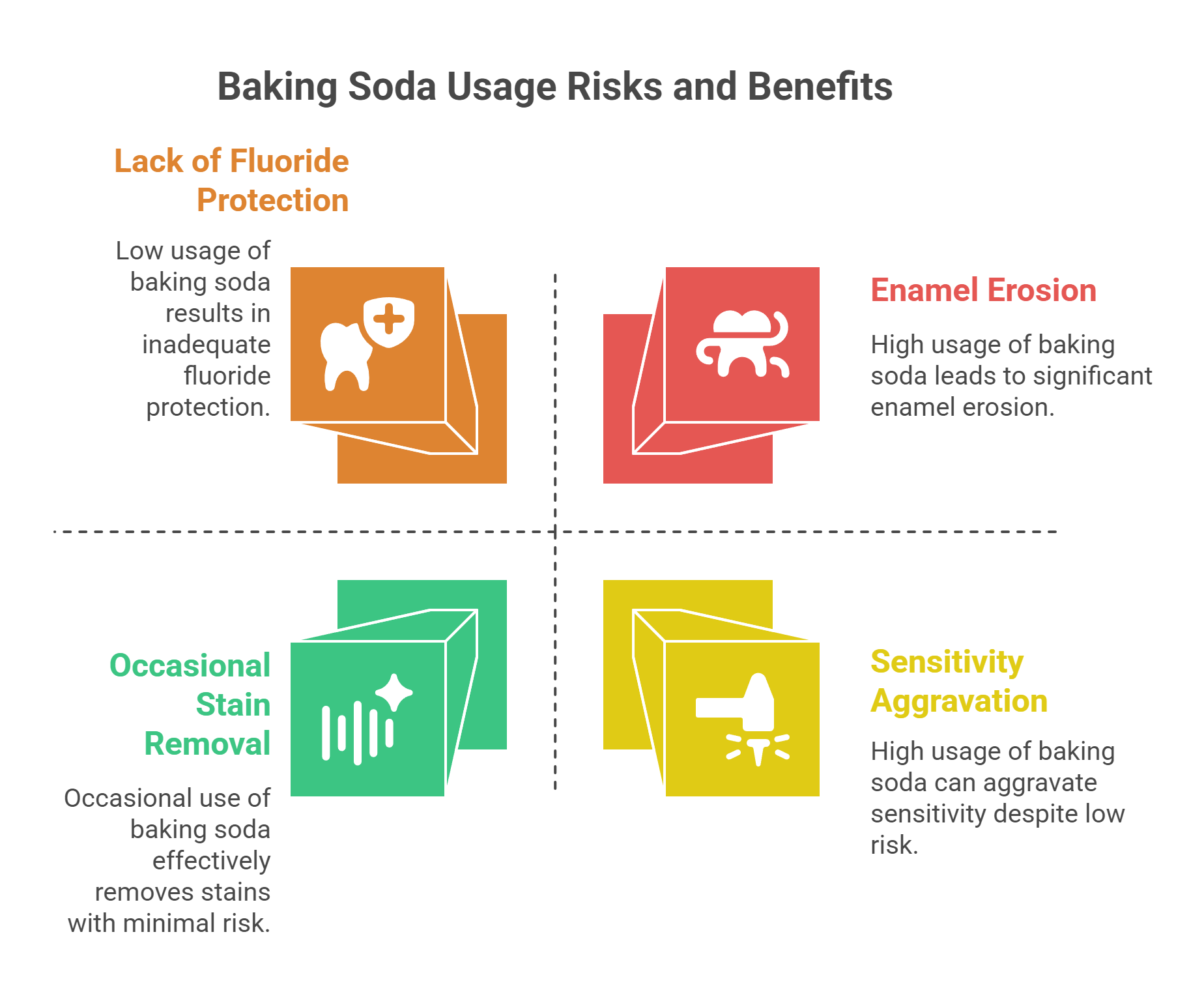
While baking soda has its perks, it’s not without downsides. Overusing it—or using it the wrong way—can do more harm than good to your oral hygiene. Below, we break down the key risks to keep in mind when brushing with baking soda, especially if you’re considering swapping it in for your regular fluoride toothpaste.
1. Enamel Wear from Overuse
The biggest concern? Enamel erosion. Baking soda’s gritty texture helps remove plaque, but if you brush too hard or too often with it, you could actually wear down your tooth enamel. This weakens your teeth over time, making them more prone to decay and sensitivity.
A gritty soda dentifrice might sound effective, but it’s not a gentle cleaner. That’s why dental pros often recommend brushing with baking soda no more than 2–3 times a week—and always with a soft-bristled brush and light pressure.
Tip: Use baking soda as a supplement to your oral care routine, not your main method.
2. It Lacks Fluoride for Protection
Unlike fluoride toothpaste, baking soda doesn’t help strengthen enamel or protect against cavities. Fluoride plays a key role in fighting oral bacteria, reducing plaque, and preventing decay—especially in people with a high risk of cavities.
The American Dental Association (ADA) doesn’t recommend using plain baking soda as your main toothpaste for this very reason. Without fluoride, you're missing a core part of cavity defense.
Tip: Mix a pinch of baking soda with your fluoride toothpaste if you want stain-lifting benefits without skipping protection.
3. Not Ideal for Sensitive Teeth or Dental Work
If you have sensitive teeth, crowns, veneers, or braces, baking soda may not be your best friend. It can be too abrasive for delicate dental work and might worsen sensitivity or even damage the finish of restorations.
Kids should also avoid it, since they’re more likely to swallow toothpaste and need fluoride to build stronger enamel. Plus, many people dislike its salty taste, which can be off-putting for daily use.
Used in moderation, baking soda can help remove plaque and freshen breath. But for long-term oral hygiene, it shouldn’t replace your fluoride toothpaste. The dent assoc and most dental professionals agree: it’s best as an occasional booster, not a daily staple.
How to Use Baking Soda Safely in Your Oral Hygiene Routine
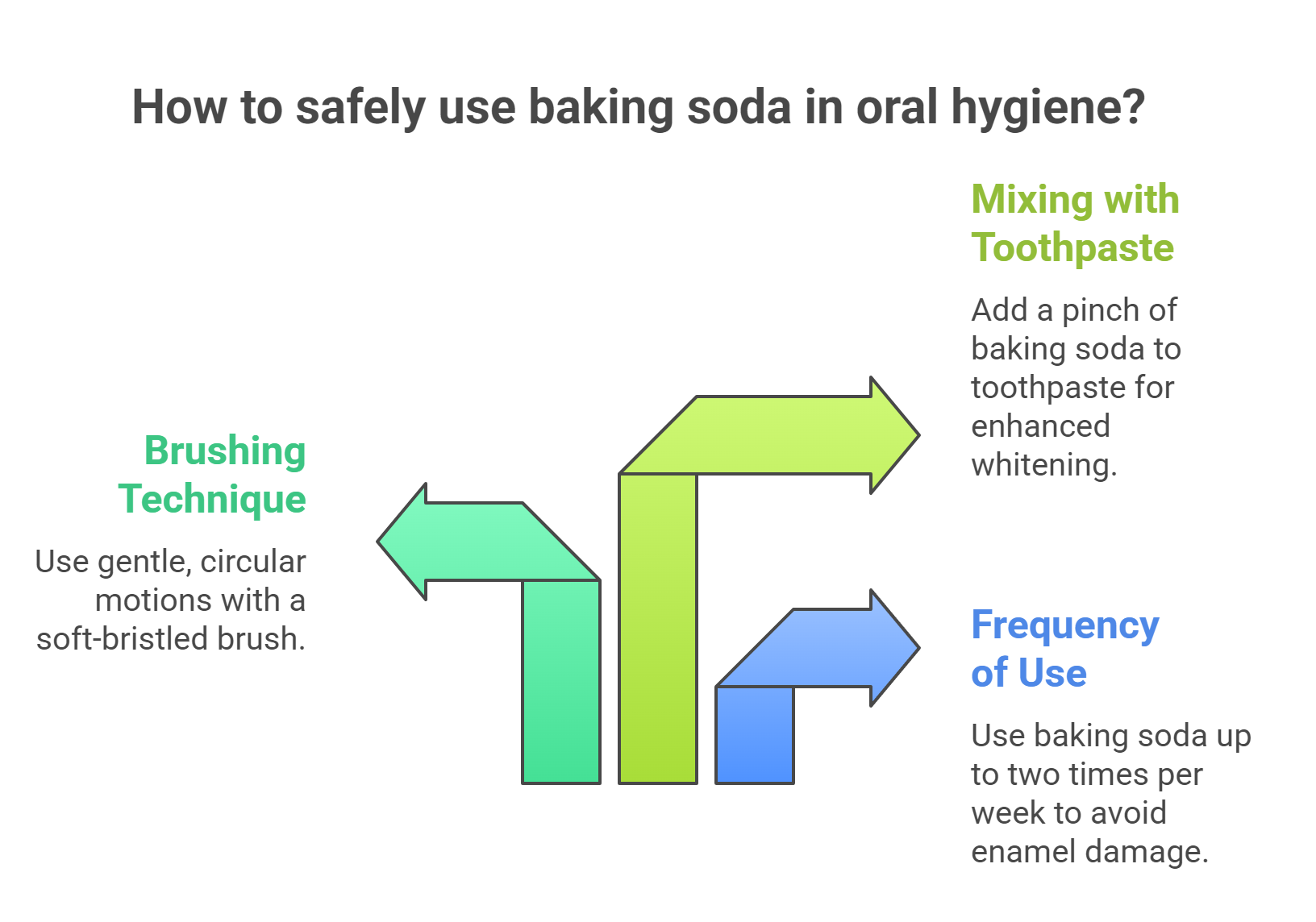
Brushing with baking soda can support teeth whitening, plaque removal, and even help remove stains, but it needs to be done properly. Overuse or poor technique can lead to baking soda damage, especially for those with sensitive teeth. Follow these simple best practices to enjoy the benefits safely.
How Often Should You Use Baking Soda?
For most people, brushing with baking soda up to two times per week is enough to see results without harming your teeth. This keeps it effective for stain removal and plaque buildup without risking your enamel.
-
Avoid overuse, especially if you have sensitive teeth or a history of gum disease.
-
Use a baking soda dentifrice with fluoride if brushing more regularly.
-
Never replace fluoride toothpaste entirely — instead, add baking soda occasionally for added teeth whitening support.
Proper Technique: How to Brush Gently and Effectively
Using correct technique is key to keeping baking soda safe for your enamel.
-
Brush gently using a soft-bristled toothbrush and short, circular motions.
-
Mix baking soda with water to form a mild paste, or sprinkle it over your regular toothpaste.
-
Avoid harsh ingredients like lemon juice, which can worsen enamel erosion.
Tip: Commercial baking soda dentifrices are specially formulated for oral hygiene routines and often include fluoride, making them safer for daily use.
Should You Mix Baking Soda with Toothpaste?
Yes, and many commercial toothpastes already include baking soda for this reason. When combined with fluoride, baking soda offers a safer way to enhance teeth whitening without compromising enamel health.
-
Add a pinch to your regular toothpaste for extra plaque removal.
-
For everyday brushing, use a baking soda dentifrice that’s gentle and approved by dental professionals.
Comparing Commercial and DIY Baking Soda Toothpastes
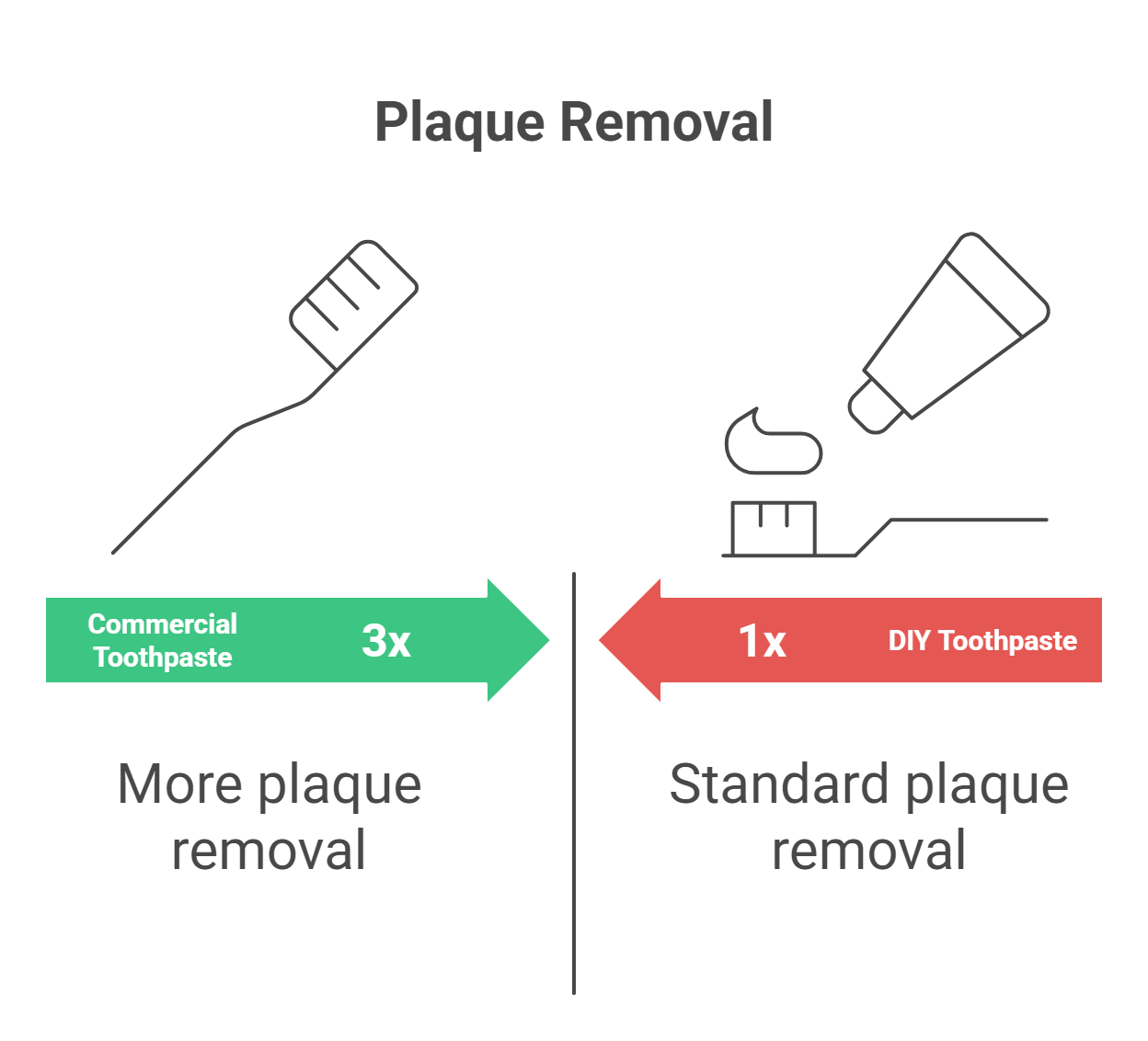
Choosing between commercial baking soda toothpastes and DIY alternatives depends on your oral care goals, convenience, and sensitivity preferences. Both options have their pros and cons, and understanding the difference can help you make the right choice for your oral hygiene routine.
Commercial Baking Soda Toothpastes
Brands like Crest, Colgate, and Arm & Hammer offer toothpastes that combine baking soda with other ingredients like fluoride and peroxide for enhanced cleaning and cavity prevention. Studies suggest these toothpastes can remove up to 3 times more plaque than standard options, thanks to their mild abrasiveness.
Many commercial formulas are also flavored—ideal if you dislike the salty taste of plain baking soda. Plus, they’re often better tolerated by people with sensitive teeth, since they’re professionally formulated to balance cleaning power and enamel safety.
Popular options include:
-
Crest Baking Soda & Peroxide Whitening
-
Colgate Baking Soda & Peroxide Whitening
-
Arm & Hammer Advance White
DIY Baking Soda Paste
If you prefer a natural, low-cost approach, you can make your own baking soda paste by mixing:
-
1:1 ratio of baking soda and water
-
Or 15 parts water to 19 parts baking soda for a thinner consistency
To make the paste more pleasant and boost its benefits, you can:
-
Add mint or essential oils for flavor
-
Use coconut oil for antibacterial effects
-
Mix in a pinch of turmeric for natural whitening
DIY pastes can be effective for surface stain removal, but they lack fluoride, which is essential for cavity prevention and strengthening enamel. They're also more abrasive if misused, so it's important to brush gently and limit use to a few times per week.
Alternatives to Baking Soda for Whitening Teeth
While brushing with baking soda is a classic DIY solution for teeth whitening, it’s not the only option out there. If you're looking for alternatives that are gentler on enamel or more effective for deep stains, here are a few to consider.
Hydrogen peroxide is commonly used in professional whitening treatments thanks to its mild bleaching effect. Products with carbamide peroxide offer similar results and are often preferred for long-lasting brightness.
Natural solutions like fruit enzymes (from papaya or pineapple) and oil pulling with coconut oil have grown in popularity, though research on their whitening effects is still limited. Activated charcoal also appears in many commercial toothpastes for its stain removal abilities—but like baking soda, it should be used cautiously due to its abrasive nature.
If you’re looking for a cleaner, more effective option without the guesswork, SNOW®’s hydroxyapatite-based whitening line offers science-backed solutions without fluoride, peroxide overload, or unnecessary harshness. With innovations like Magic Whitening Toothpaste Booster® Powder and dissolving whitening strips, SNOW makes it easy to get professional-level results at home—minus the salty taste or mess of DIY pastes.
Bonus: SNOW is known for being microbiome-friendly and gentle even for those with sensitive teeth, helping you brighten your smile without compromise.
Final Thoughts
Brushing teeth with baking soda offers a range of benefits, including effective plaque removal, antibacterial properties, and cost-effectiveness. However, it is crucial to be aware of the potential risks, such as enamel wear and the lack of fluoride, which is essential for preventing cavities and strengthening tooth enamel. By following best practices, such as limiting use to twice a week and combining baking soda with fluoride toothpaste, you can safely incorporate baking soda into your oral care routine.
In conclusion, while baking soda can be a valuable tool for maintaining a bright and healthy smile, it should be used with caution and in conjunction with fluoride toothpaste. By making informed decisions and exploring alternative whitening options, you can achieve optimal oral health and a beautiful smile.
Frequently Asked Questions
Is baking soda safe for teeth cleaning?
Baking soda is safe for teeth cleaning when used in moderation, but excessive use can cause enamel wear and sensitivity. It's important to balance its use with other oral hygiene practices.
How often can you brush with baking soda without damaging enamel?
Brushing with baking soda should be limited to a maximum of twice weekly to avoid damaging your enamel. This ensures effective whitening without compromising your dental health.
Can baking soda replace toothpaste entirely?
Baking soda cannot replace toothpaste entirely since it does not contain fluoride, which is essential for cavity prevention and enamel strengthening. It's best to use it as a supplement rather than a substitute.
What are some alternatives to baking soda for teeth whitening?
Hydrogen peroxide and activated charcoal are effective alternatives to baking soda for teeth whitening. You might also consider using fruit enzymes or trying oil pulling for a natural approach.
Can baking soda be combined with regular toothpaste?
Yes, combining baking soda with regular toothpaste can enhance its cleaning power, especially when using a fluoride-containing baking soda toothpaste for optimal results.















































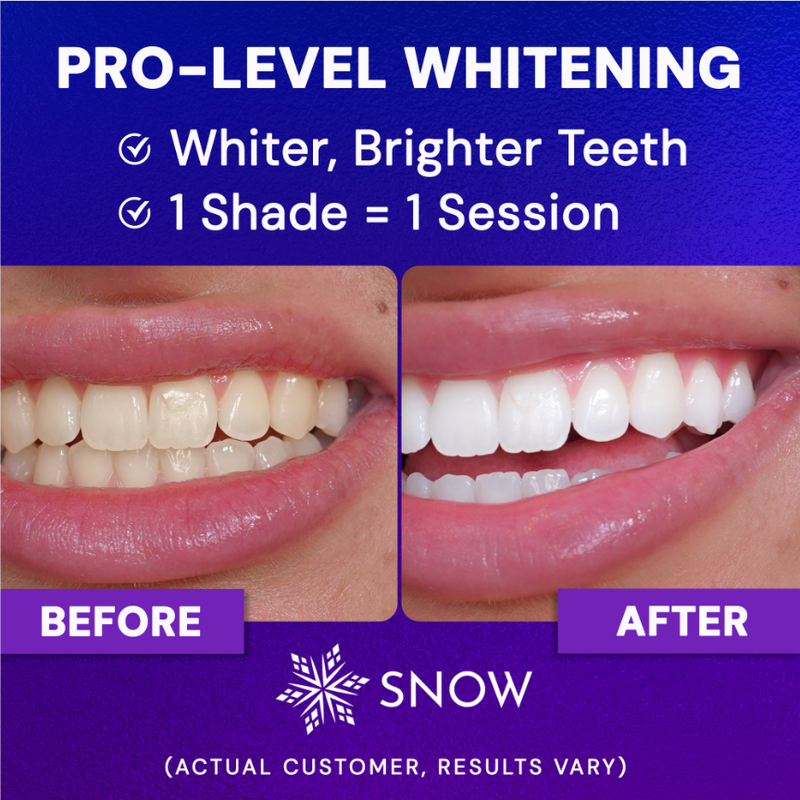
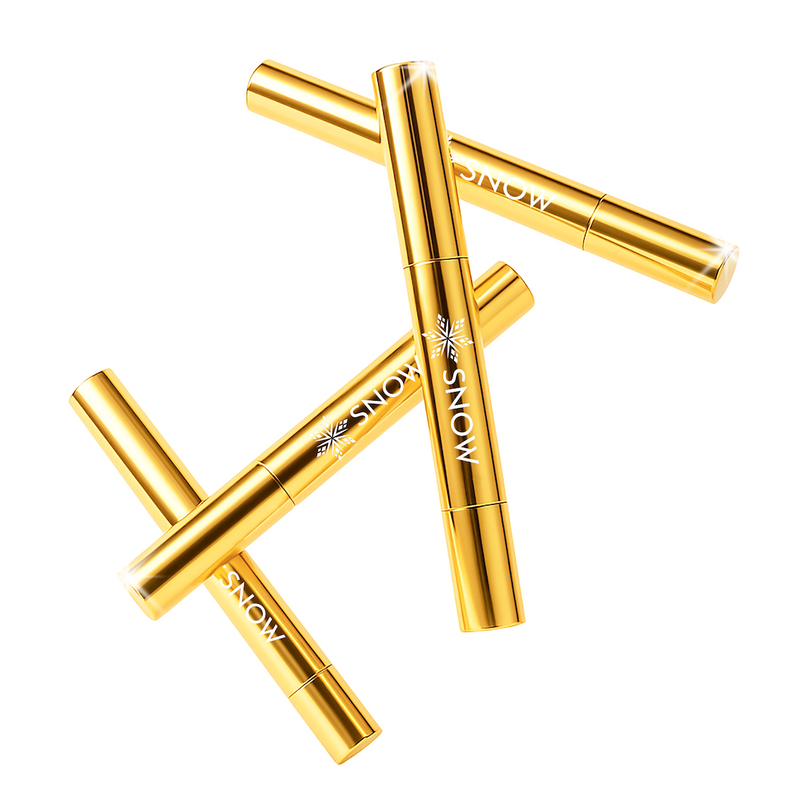
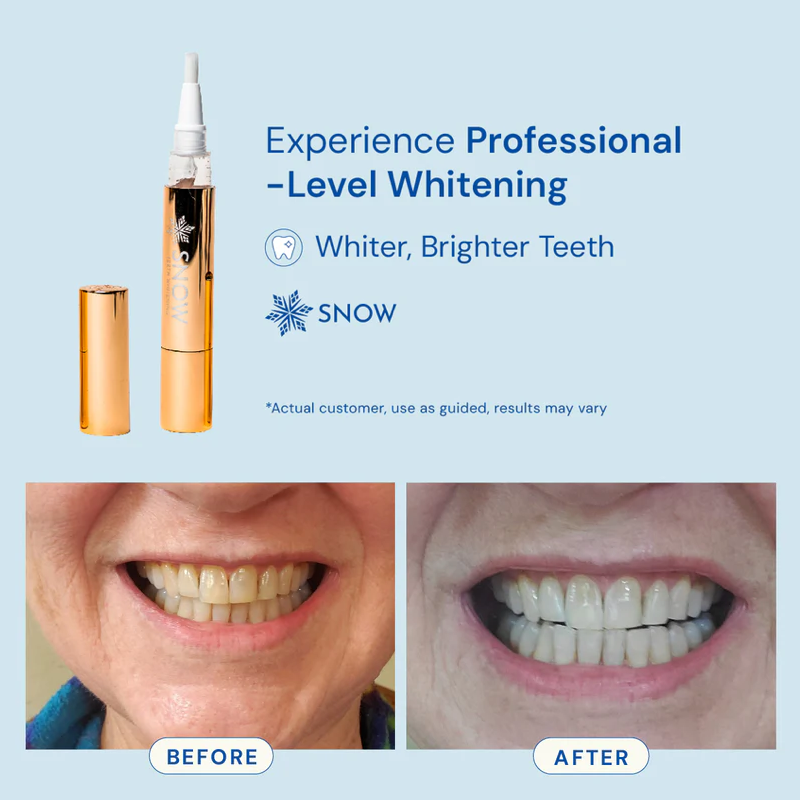
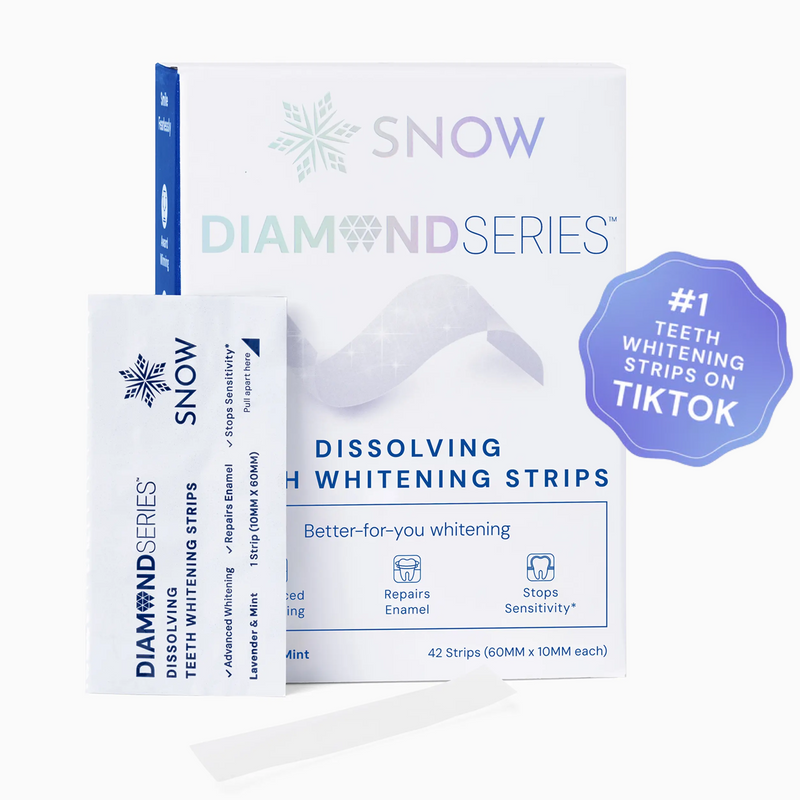

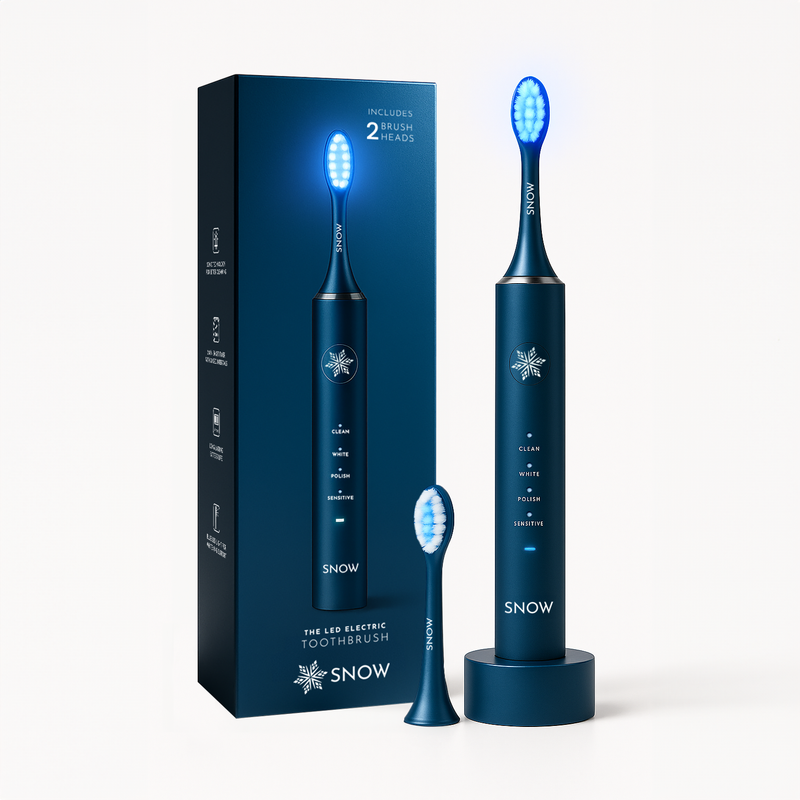


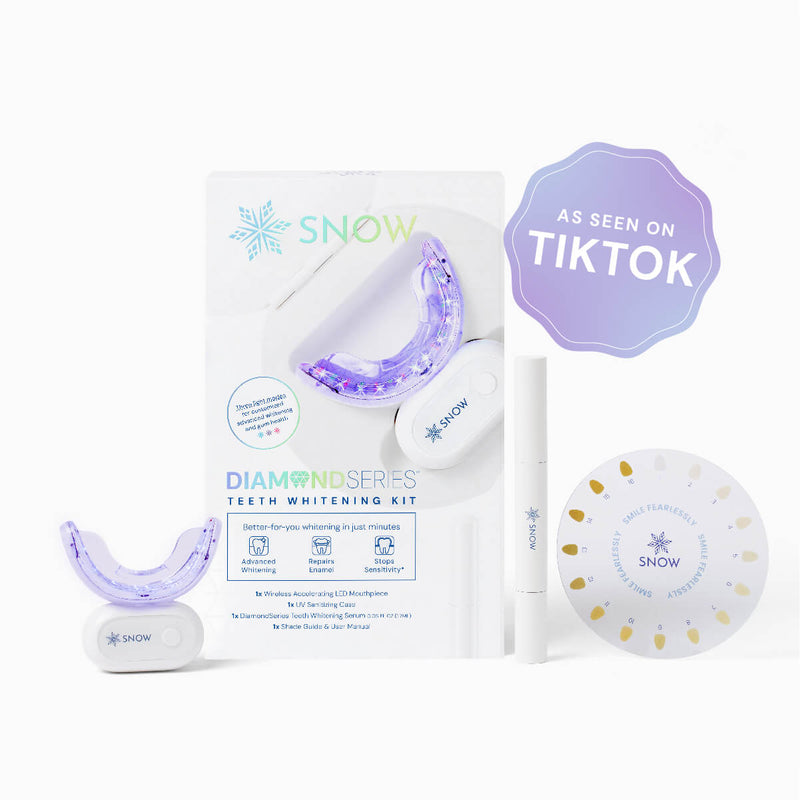
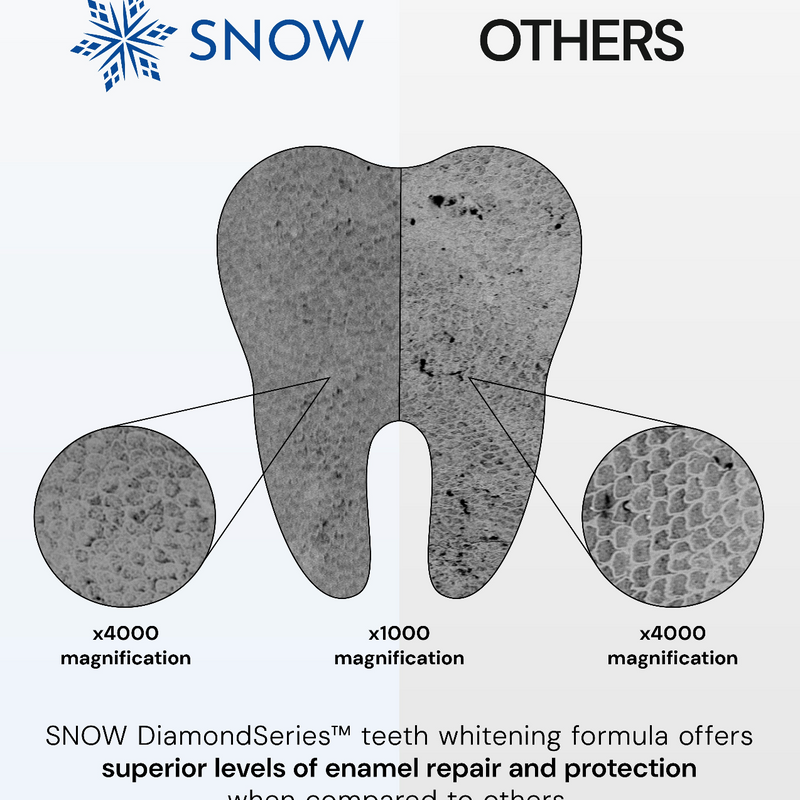


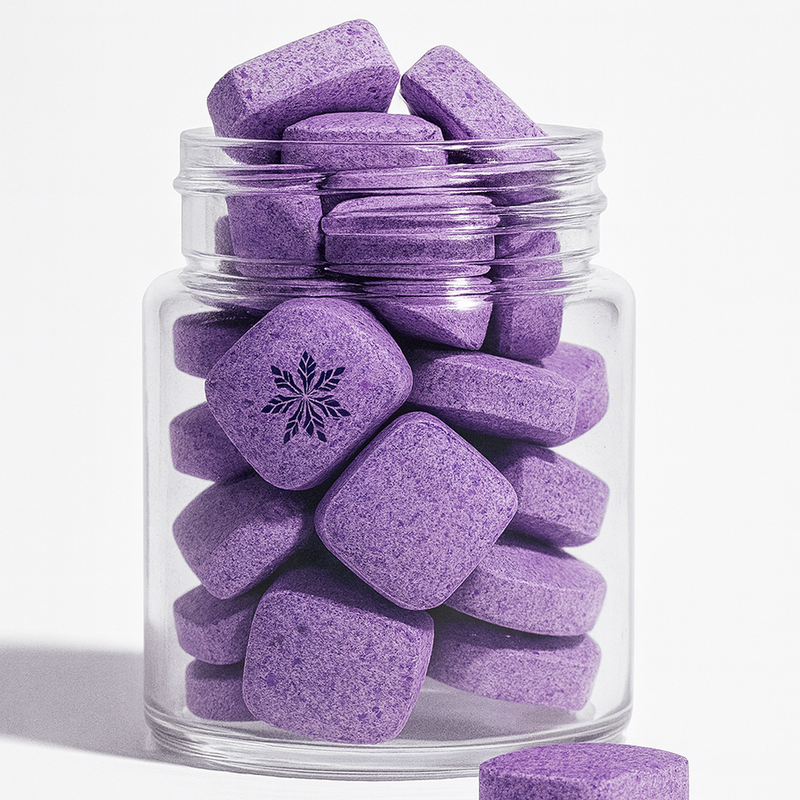
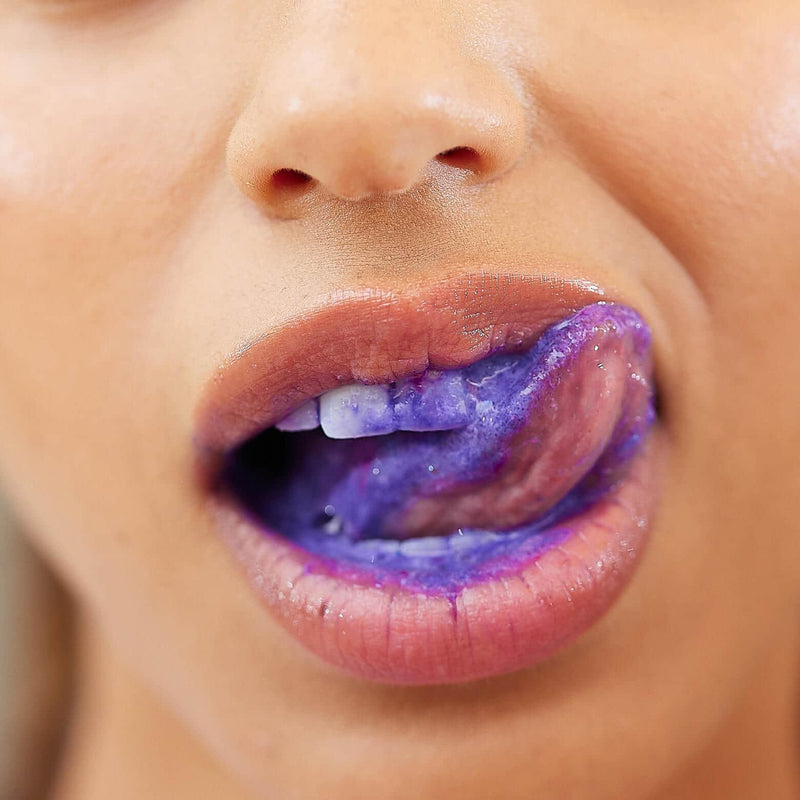
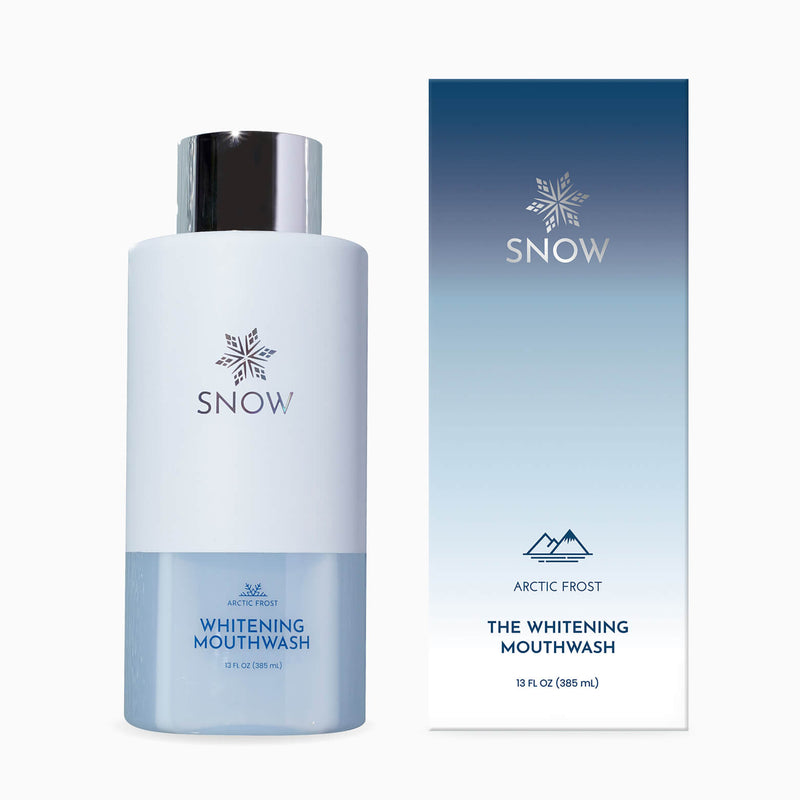





![Clove Oil for Toothache Relief [Does it Really Work]](http://www.trysnow.com/cdn/shop/articles/clove_oil_for_toothache_does_it_really_work.png?v=1755777694)
